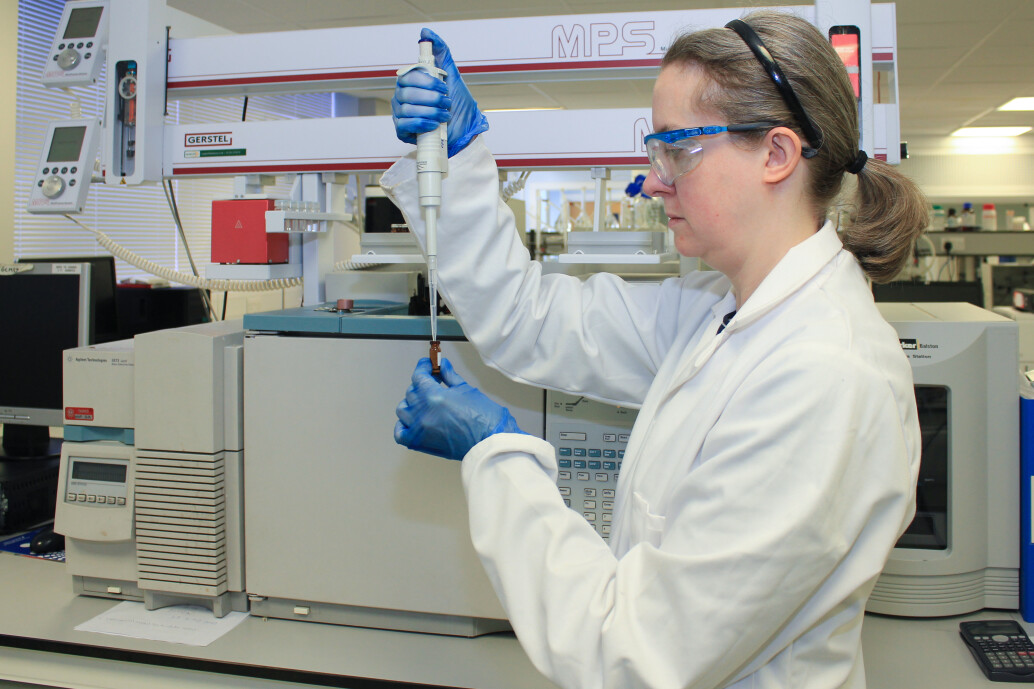[Skip to content]- Crosslink Densities: Polyisoprene and natural rubber latex crosslink densities are assessed through solvent swelling. The physical crosslink density (n), accounting for chemical crosslinks and physical entanglements, is derived by calculating the rubber volume fraction in the swollen sample (Vr) using the Florey Rehner equation.
This method finds application in evaluating crosslink densities in latex products like gloves, condoms, and teats. - Chemical Crosslink Distributions: Crosslink distribution in polyisoprene and natural rubber latex can be assessed via thiol treatment, selectively breaking polysulfidic crosslinks and isolating mono- and di-sulphides. Swelling enables the calculation of poly and (di + mono-sulfidic) crosslink proportions, accounting for entanglements and chain ends.
This method is applied to determine crosslink distribution in latex films such as gloves and condoms. - Extent of Devulcanisation During Recycling: The volume fraction of polymer in a swollen network in equilibrium (Vr) is determined and the Florey Rehner equation is used for calculation of crosslink density to provide the effective number of chains in a real network per unit volume of both devulcanised and control rubber from which the percent devulcanisation can then be calculated.
This method is based on ASTM D 6814 and it is used to determine the extent of devulcanisation during recycling (e.g. crumb rubber).






